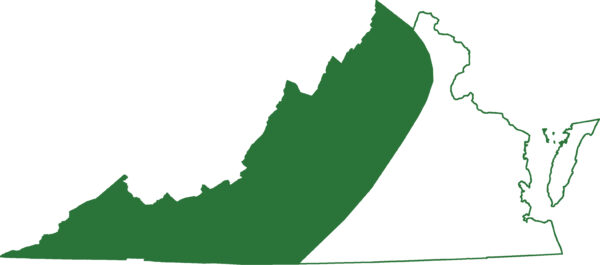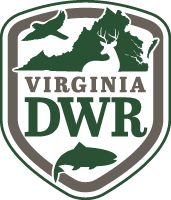Fact File
Scientific Name: Desmognathus monticola
Classification: Amphibian
Size: Up to 5 inches
Identifying Characteristics
Seal Salamanders are gray to light brown, with dark marks that resemble “leopard spotting” or a reticulated pattern, although they may be absent on large adults. The belly is lighter colored with “salt and pepper” small white and black speckling that may be absent down the very center. The first third of the tail is round in cross section and last two-thirds laterally compressed and keeled.
Distribution:
This species occurs in the western half of the state where they inhabit stream and seep margins. They are typically found under cover either in or along the margins of the water by day, and emerge at night to feed on invertebrates or smaller salamanders.

Did You Know?
Desmognathus salamanders lay their eggs under objects in flowing water, so they can be oxygenated.
Role in the Web of Life
Mating occurs in the fall and spring. Females attach their eggs to rocks in the stream bed and have been found attending the eggs until they hatch in late summer. Larvae metamorphose the following summer.
Conservation
Species appears to be secure in Virginia.
Last updated: July 18, 2024
The Virginia Department of Wildlife Resources Species Profile Database serves as a repository of information for Virginia’s fish and wildlife species. The database is managed and curated by the Wildlife Information and Environmental Services (WIES) program. Species profile data, distribution information, and photography is generated by the Virginia Department of Wildlife Resources, State and Federal agencies, Collection Permittees, and other trusted partners. This product is not suitable for legal, engineering, or surveying use. The Virginia Department of Wildlife Resources does not accept responsibility for any missing data, inaccuracies, or other errors which may exist. In accordance with the terms of service for this product, you agree to this disclaimer.

